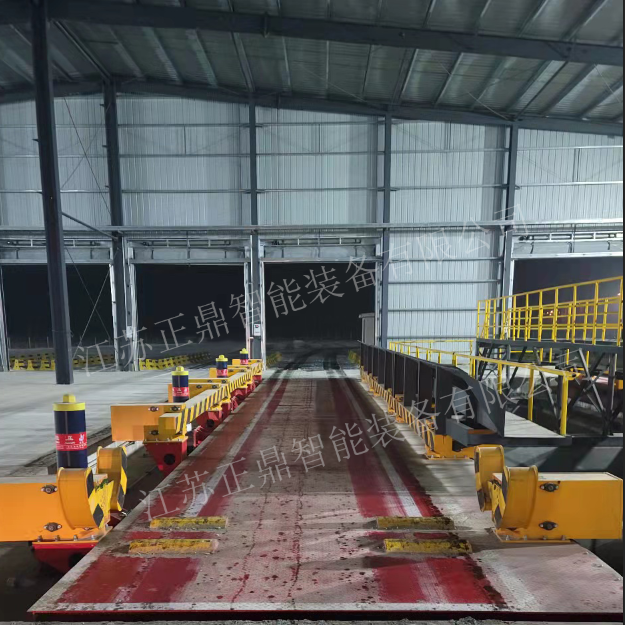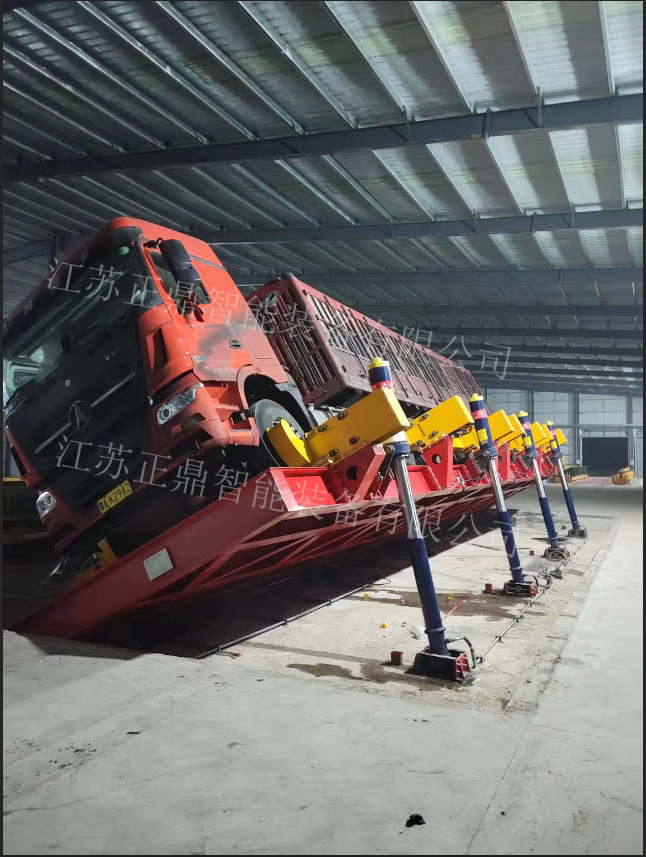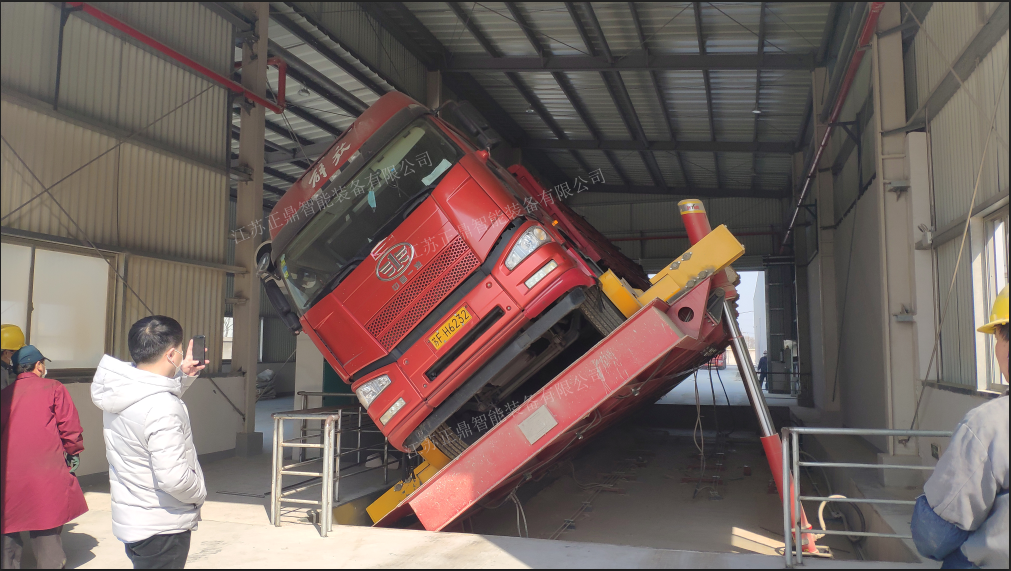floor loaded container unloading
Floor loaded container unloading represents a crucial logistics operation that involves the systematic removal of goods packed directly on the container floor without pallets. This process requires specialized equipment and techniques to efficiently extract various types of cargo. Modern floor loaded container unloading systems incorporate advanced technologies such as telescopic belt conveyors, powered rollers, and ergonomic lifting devices to streamline the unloading process. The operation typically begins with a thorough assessment of the cargo arrangement, followed by strategic planning of the unloading sequence. Workers can utilize manual, semi-automated, or fully automated systems depending on the cargo type and volume. These systems often feature adjustable platforms, extendable conveyors, and safety mechanisms to protect both workers and merchandise. The technology applies across diverse industries, including retail, manufacturing, and distribution centers, handling everything from boxed goods to loose items. The process emphasizes efficiency while maintaining cargo integrity, incorporating real-time monitoring and systematic documentation to ensure accurate inventory management. Modern solutions also focus on reducing physical strain on workers through ergonomic design and mechanical assistance, making the entire operation more sustainable and worker-friendly.


